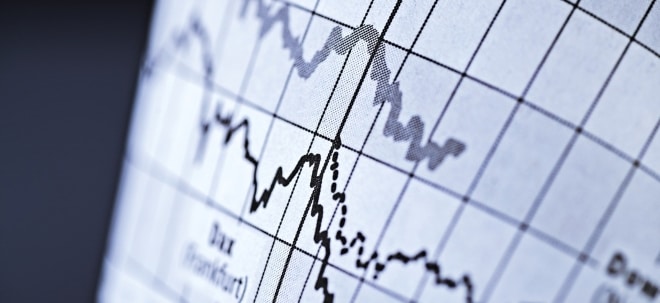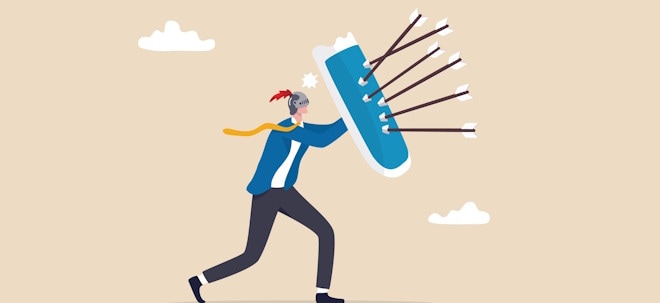Das Geld für die bisherige monströse Shopping-Bonanza seit April (Chart unten) kam von großzügig bemessenen Corona-Hilfen der US-Regierung, von Umschichtungen bei den Ausgaben (Möbel und Gimmicks statt Reisen, Konzerttickets und Restaurants) sowie von Hypothekenbeleihungen und -refinanzierungen (möglich dank der drastischen Zinssenkungen). Viele Amis zahlten auch ihre Mieten nicht (gab ja staatlichen Mieterschutz gegen Rausschmiss) und/oder stellten Rückzahlungen bei Studentenkrediten ein.
Wie es so aussieht, scheinen die Republikaner Recht zu haben mit ihrer Behauptung, dass weitere umfassende staatliche Corona-Hilfen nicht mehr zwingend nötig sind. Die Demokraten hingegen streben einen weiteren großen Stimulus (auf Basis von Neuverschuldung) an. Die Verhandlungen zwischen den Lagen kommen voran, allerdings zögerlich. Der Kompromiss wird wohl so aussehen, dass es zwar neue Hilfs-Schecks geben wird, aber diesmal nur in Höhe von 600 bis 700 Dollar (im Frühjahr: 1200 Dollar; jeweils einmalig).
https://wolfstreet.com/2020/12/16/...tail-sales-by-retailer-category/
Retail sales in November fell 1.1% from October, the second month in a row of declines, and they even fell with restaurants and bars removed from the total. Sales at nonstore retailers, the placeholder for ecommerce, eked out a new record. This is the second month now of what I called a month ago Stimulus Fatigue.
But wait… the Pandemic-induced switch from services – such as airline tickets, concert tickets, hotel bookings, and haircuts – to goods – such as food & beer at home, bicycles, and consumer electronics – is still on. In November, retail sales of $547 billion (seasonally adjusted) were still up 4.1% from November last year, according to the Census Bureau this morning. And for the 11-month period, they were essentially flat ($5.70 trillion), despite the collapse in March and April:
The metric of “retail sales” measures the sale of “goods” at various establishments and online. It doesn’t measure the sale of “services,” such as airline tickets, insurance, or healthcare services. During the Pandemic, consumers splurged on durable goods and food at home like never before, as free money flooded over them from the government, and as they cut back on other spending, such as plane tickets, payments on mortgages and student loans in forbearance, and on rent, protected by the eviction bans. A refinancing boom, triggered by record low mortgage interest rates, allowed consumers to extract cash from their homes and lower their mortgage payments.
Part of this money from the government, and money not spent, and money extracted from the home was spent on goods, and part of it was used to pay down credit cards, whose balances have plunged 10.3% from a year ago. |


 Thread abonnieren
Thread abonnieren


